





Disclaimer: Copyright infringement is not intended.
For the first time, The Red Panda Conservation Breeding & Augmentation Programme of the Padmaja Naidu Himalayan Zoological Park has reached the top three finalists for the 2024 Conservation & Environmental Sustainability Awards, by the World Association of Zoos and Aquariums (WAZA).
The breeding programme began in 1990.
Initially, four red pandas from the wild were taken to the Darjeeling Zoo.
The augmentation started in 2022. Nine red pandas were released into Singalila National Park (SNP) in West Bengal between 2022 and 2024
Several habitat restoration initiatives in Singalila National Park and Darjeeling division have been taken up under the programme.
PNHZP is conducting several in-house and collaborative research works related to the red panda, with institutions like the Centre for Cellular and Molecular Biology (CCMB), Indian Institute of Science Education and Research (IISER) and Wildlife Institute of India (WII) under the programme.
It was established on 14th August 1958 in Darjeeling (West Bengal) as a joint venture of Govt. of India (Department of Science and Technology) and Govt. of West Bengal (Department of Education).
It was formerly known as Himalayan Zoological Park.
The Park was converted into a registered Society in 1972 under the West Bengal Societies Registration Act, of 1961. With this the maintenance cost of the zoo is to be shared by the Center and State Governments.
The Society in May 1993 was transferred to the Department of Forests, Govt. of West Bengal. The Zoological Park is under the Ministry of Environment and Forests.
In 1975, Late Smt. Indira Gandhi the then Prime Minister of India renamed the Himalayan Zoological Park, Darjeeling as Padmaja Naidu Himalayan Zoological Park, in Memory of the Late Smt. Padmaja Naidu, ex-governor of West Bengal.
The Zoological Park falls under the category of medium zoos as per the Central Zoo Authority's classification but is the largest high-altitude zoo in the country (India).
The zoo has been a pioneer in the conservation breeding of endangered Eastern Himalayan Species in India.
The first ex-situ conservation breeding program in the zoo started in 1986 as a Snow Leopard conservation breeding project.
The Red Panda project was then started in 1990.
The park released 4 female Red Pandas into the Singalila National Park in 2004. This was the first Red Panda reintroduction programme for the Red Panda species in the world and was immensely successful.
Darjeeling Zoo houses 9 numbers of Pheasant species including 6 indigenous pheasant and 4 exotic pheasant.
The park also houses 1 species of amphibian and 3 species of reptile.
The zoo has been a part of the World Association of Zoos and Aquariums (WAZA) since 2009.
The zoo was awarded the “Royal Bank of Scotland Earth Hero Award” as recognition for its efforts towards in-situ and ex-situ conservation, in 2014.
In the year 2022, the Central Zoo Authority of India (CZA) ranked PNHZ Park First in all categories among all zoos in the country.
List of species in Padmaja Naidu Himalayan Zoological Park |
|||
|
Name |
IUCN Status |
Name |
IUCN Status |
|
Snow Leopard (Uncia uncia) |
Vulnerable |
Blue Sheep (Pseudois nayaur) |
Near Threatened |
|
Red Panda (Ailurus fulgens fulgens) |
Endangered |
Bhutan Grey Peacock Pheasant (Polyplectron bicalcaratum) |
Vulnerable |
|
Himalayan Wolf (Canis lupus himalayanus) |
Endangered |
Himalayan Tahr (Hemitragus jemlahicus) |
Near Threatened |
|
Himalayan Newt (Tylototriton himalayanus) |
Vulnerable |
Himalayan Blood Pheasant (Ithaginis cruentus) |
Near Threatened |
|
Satyr Tragopan (Tragopan satyra) |
Vulnerable |
Himalayan Monal (Lophophorus impejanus) |
Near Threatened |
Red Pandas |
|
|
Scientific name |
Ailurus fulgens |
|
Habitat |
High-altitude forests in China, India, Nepal, Bhutan, and Myanmar are home to red pandas. They stay near water sources and favor steep slopes covered with dense bamboo. |
|
Nutrition |
In addition to fruit, roots, grasses, acorns, lichens, bird eggs, and insects, red pandas mostly consume bamboo leaves and shoots. |
|
Appearance |
Red pandas have a bear-like shape, thick russet fur, black limbs and belly, and white markings on the side of the head. They are somewhat bigger than domestic cats. |
|
Behaviour |
Red pandas are arboreal, lonely, and timid creatures. |
|
Conservation Status |
India, Bhutan, China, Nepal, and Myanmar all have laws protecting endangered red pandas. They are listed as endangered on the IUCN Red List of Threatened Species. |
|
Threats |
The primary threats to red pandas are habitat loss and degradation, human interference, and poaching. |
|
International Red Panda Day |
International Red Panda Day is celebrated on the third Saturday of September. |
Important articles for reference
World Association of Zoos and Aquariums (WAZA)
Central Zoo Authority of India (CZA)
Sources:
https://darjeelingzoo.in/?tab=About
|
PRACTICE QUESTION Q.Consider the following statements about the “Padmaja Naidu Himalayan Zoological Park” recently seen in the news:
A. Only one B. Only two C. All Three D. None Answer: C Explanation: Statement 1 is correct: It was established on 14th August 1958 in Darjeeling (West Bengal) as a joint venture of Govt. of India (Department of Science and Technology) and Govt. of West Bengal (Department of Education). It was formerly known as Himalayan Zoological Park. The Park was converted into a registered Society in 1972 under the West Bengal Societies Registration Act, of 1961. With this the maintenance cost of the zoo is to be shared by the Center and State Governments. The Society in May 1993 was transferred to the Department of Forests, Govt. of West Bengal. At the Govt. of India level the Zoological Park is under the Ministry of Environment and Forests. In 1975, Late Smt. Indira Gandhi the then Prime Minister of India renamed the Himalayan Zoological Park, Darjeeling as Padmaja Naidu Himalayan Zoological Park, in Memory of the Late Smt. Padmaja Naidu, ex-governor of West Bengal. Statement 2 is correct: The Zoological Park falls under the category of medium zoos as per Central Zoo Authority's classification but is the largest high altitude zoo in the country (India). Statement 3 is correct: The zoo has been a part of the World Association of Zoos and Aquarium (WAZA) since 2009. The zoo was awarded the “Royal Bank of Scotland Earth Hero Award” as recognition for its efforts towards in-situ and ex-situ conservation, in 2014. In the year 2022, the Central Zoo Authority of India (CZA) ranked PNHZ Park First in all categories among all zoos in the country. |
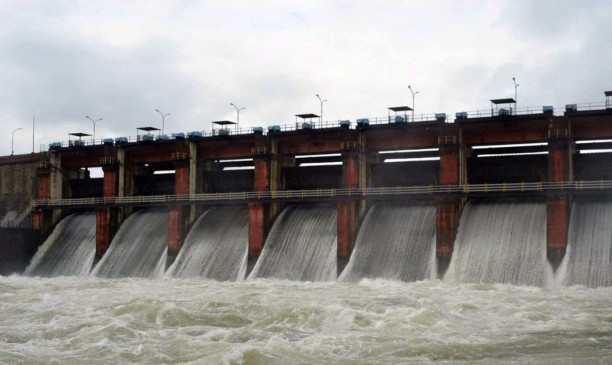



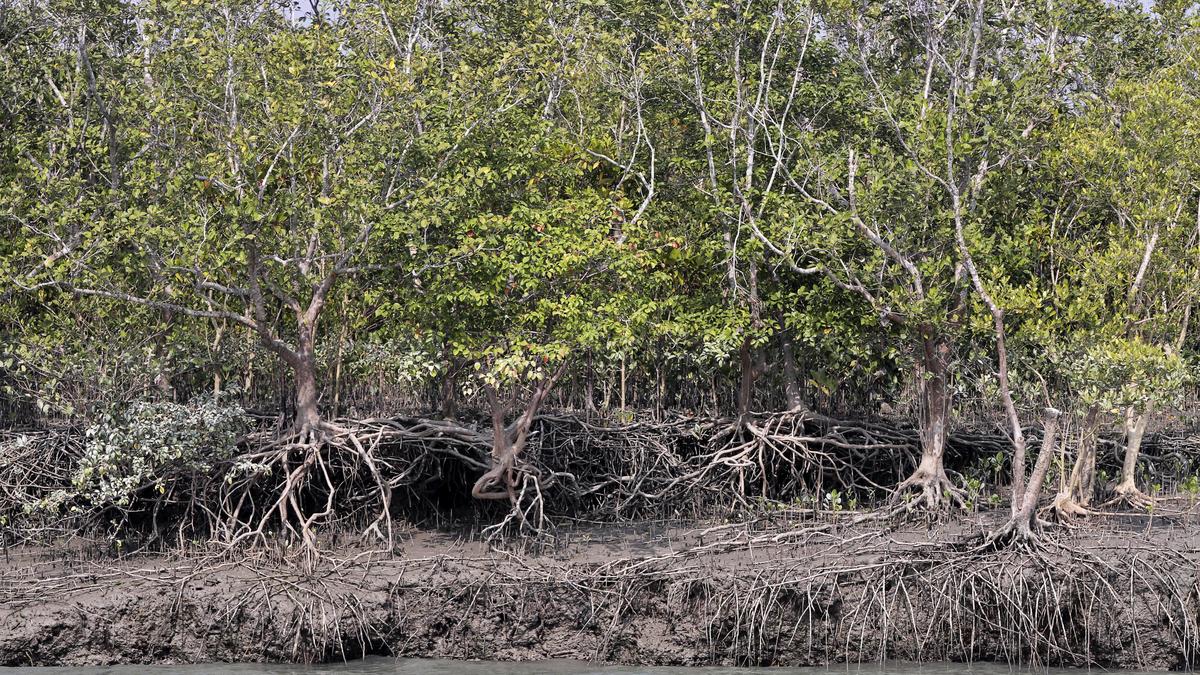
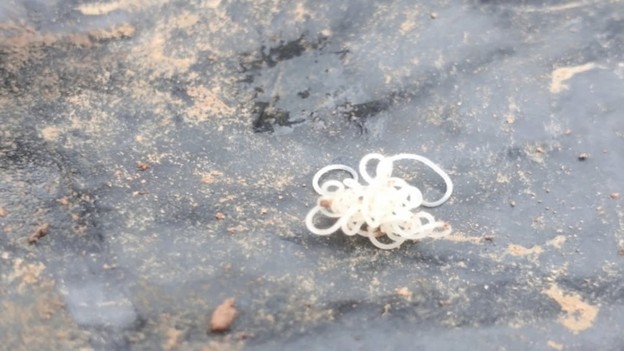
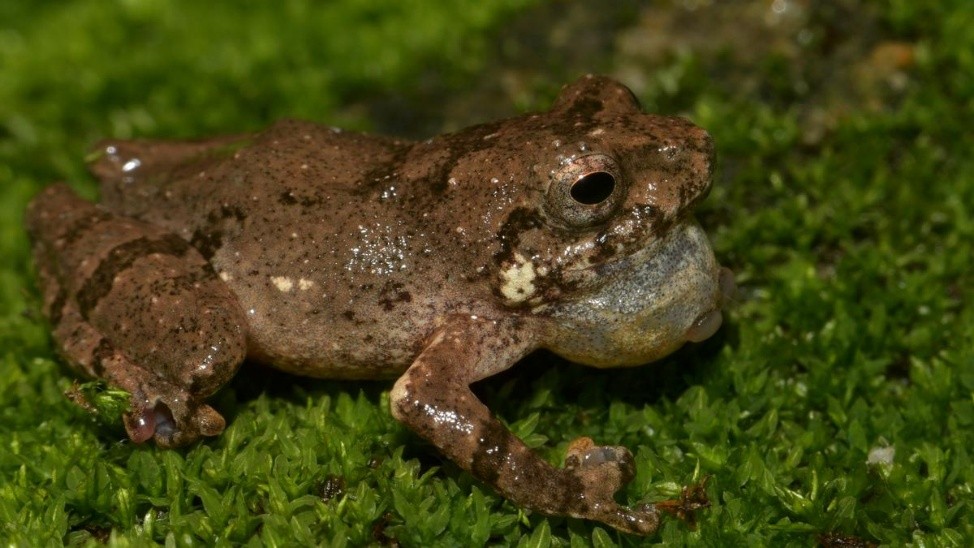
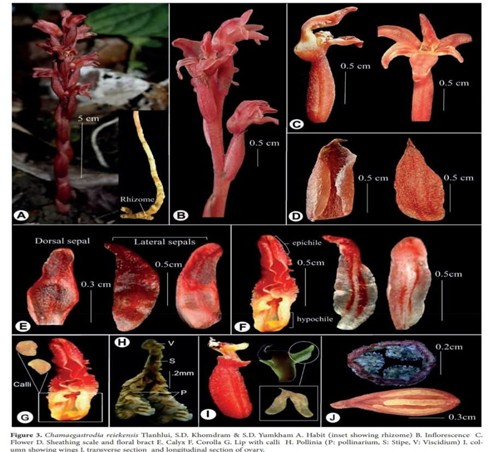

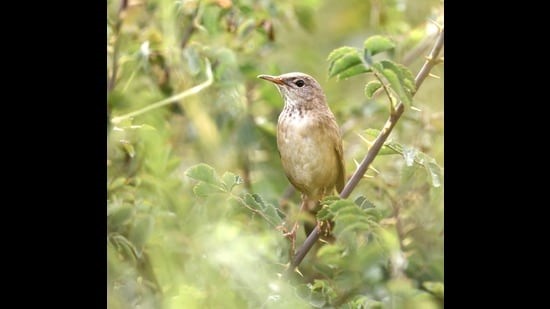

© 2025 iasgyan. All right reserved